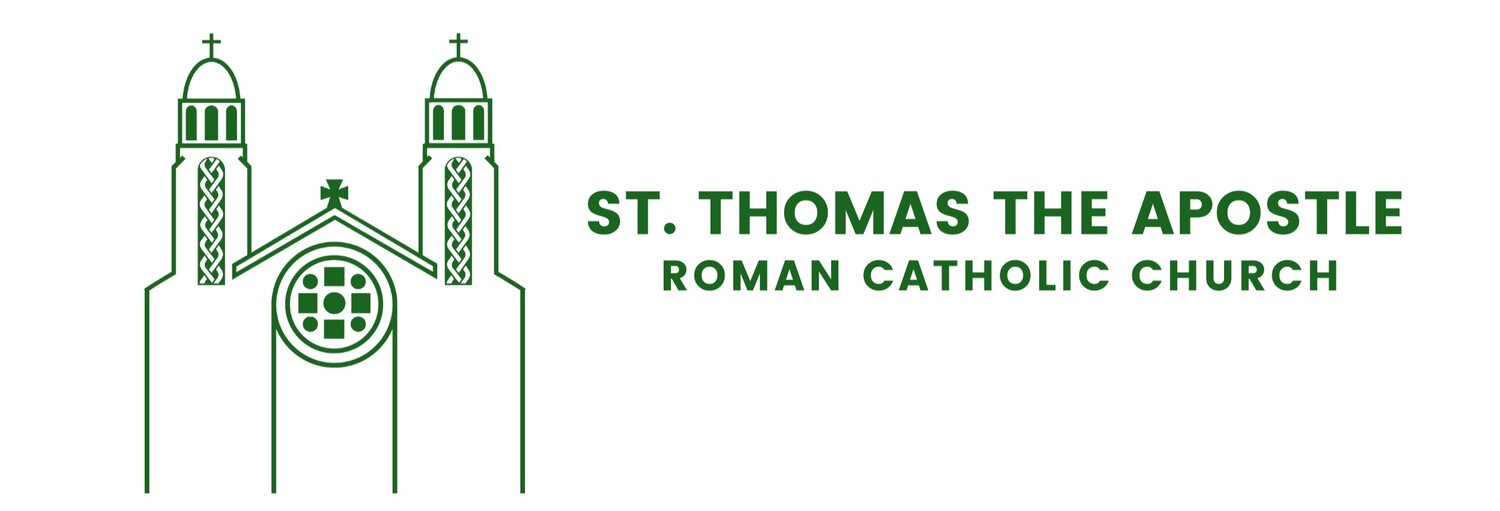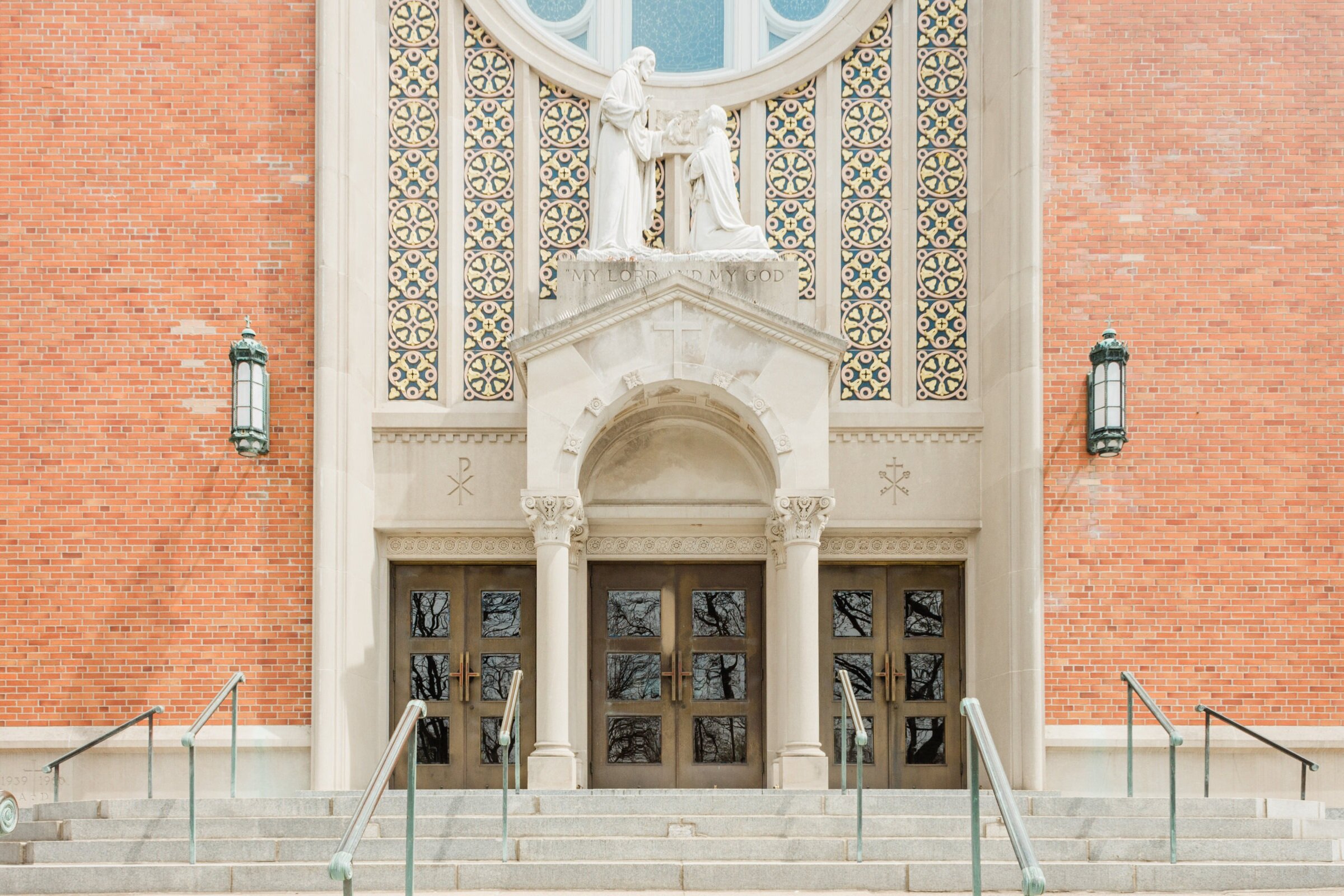MISSION STATEMENT
The Roman Catholic Faith Community of St. Thomas the Apostle recognizes God's call to be a sign of His Kingdom in the communities we serve.
We respond to this call by:
Leading people to a deeper relationship with Christ by providing opportunities for spiritual growth, renewal, education, the celebration of the Sacraments, and the worship of God in the sacred liturgy;
Encouraging a commitment to justice and to service of those in need;
Promoting good stewardship of our time, talent, and treasure;
Building a community of hospitality and support in the daily living out of Christian ideals by nourishing mutual respect and understanding within our Church, our families, our community, and other faith traditions.
ST. THOMAS THE APOSTLE
We feel great kinship for the Apostle Thomas because, like him, most of us curiously combine faith and doubt.
We sometimes share the enthusiasm St. Thomas expressed when upon Lazarus’s death Jesus decided to go to Bethany. “Let’s go too”, Thomas said to the other disciples, “that we may die with him” (John 11:16). But also, like him, we sometimes wonder where Jesus is headed and where he is taking us (see John 14:5).
However, we are most like Thomas because doubts occasionally rattle our brains and cloud our souls. So we all relate to the story of doubting Thomas (see John 20:25-29). Thomas was absent the first time Jesus appeared after his resurrection. The apostle swore he would not believe, “Unless I see in his hands the print of the nails, and place my finger in the mark of the nails and place my hand in his side” (v. 25RSV). Eight days later Jesus appeared again and told Thomas to touch his wounds. “My Lord, and My God,” Thomas exclaimed, recovering his faith (v.28). Some early Christian writers criticized Thomas’s faithless behavior. But others praise him for helping us cure our doubts, as Gregory the Great does in this homily:
“… For the faithlessness of Thomas aids us in our belief more than does the faith of the disciples who believed… When he is brought to believe by feeling with his own hand, every doubt having been removed, our own mind is confirmed in faith…
The divinity cannot be seen by any mortal man. So Thomas saw man and confessed him to be God, saying, ‘My Lord, and my God.’ On seeing, then, he believed, and proclaimed him to be God whom he could not see. Then Jesus spoke these words that give us much joy: ‘BLESSED ARE THEY WHO HAVE NOT SEEN AND YET HAVE BELIEVED’ (John 20:29).
This sentence undoubtedly signifies to us who hold in our minds him whom we have not seen in the flesh. But we are signified only if we follow up our faith by works. For he really believes who carries out in deed what he believes.
We do not know for sure where Thomas conducted his missionary activity after Pentecost. Some claim he evangelized among the Parthians. But a stronger tradition says he carried the gospel to India. He is supposed to have recruited the Christians of Malabar and died a martyr by the spear at Mylapore near Madras. An ancient stone cross there marks the place where his remains lay buried until they were removed to Edessa in 394.”


